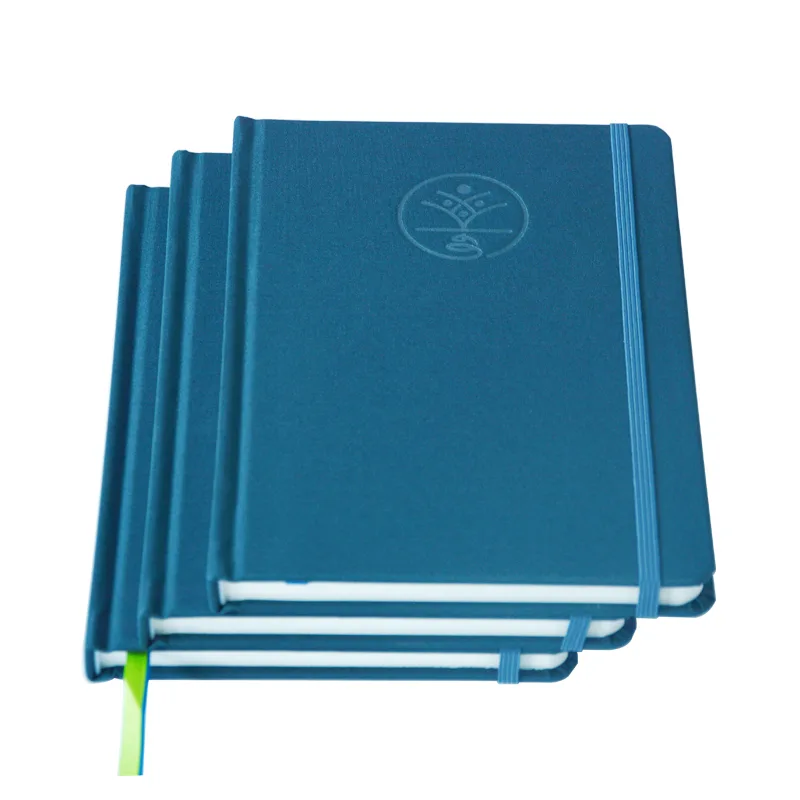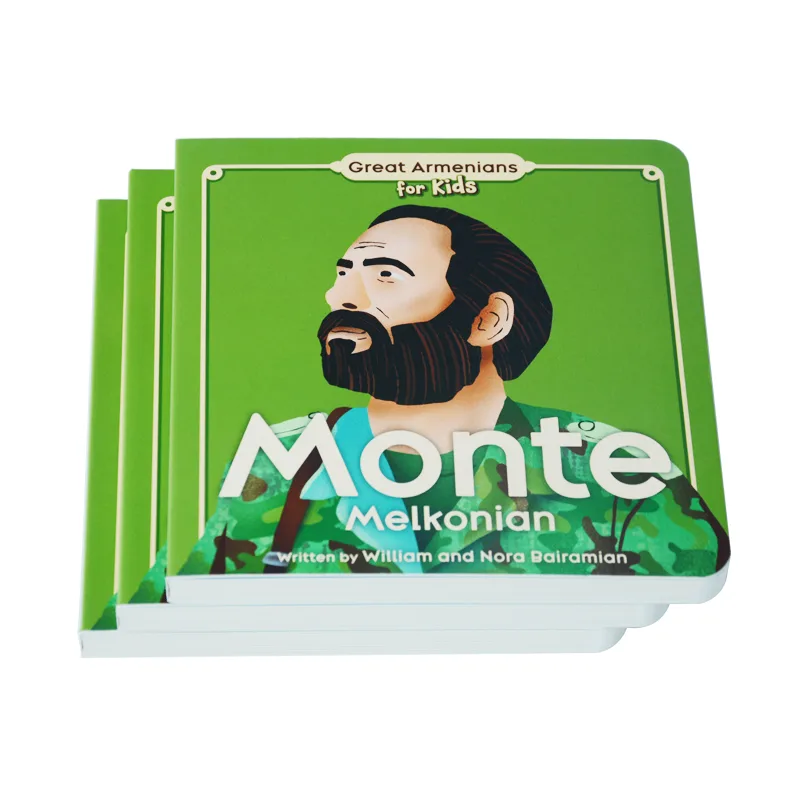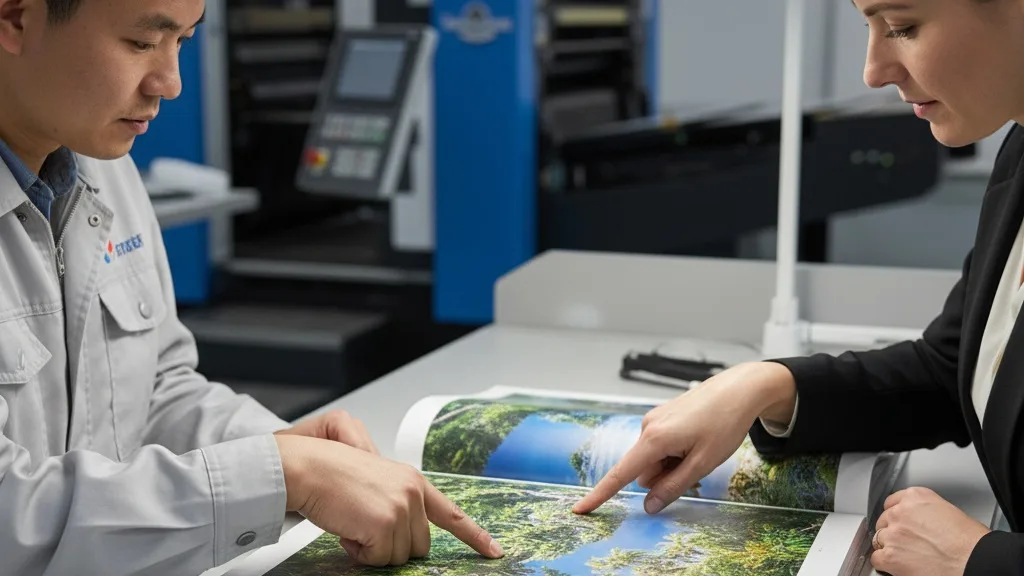Printing books is laborious and requires precision to produce high-quality volumes. Quality management ensures that the final product meets reader and industry requirements by taking several stages. This comprehensive manual covers all aspects of book printing quality control.
Pre-Press Inspection
File Review
Book printing quality control begins pre-press. It involves reviewing printing-ready digital data. This includes checking file formats, resolutions, and colors. Keeping file integrity is crucial to avoiding pixelation, compression artifacts, and missing fonts when printing.
Color Accuracy and Consistency
A book’s visual appeal depends on accurate and consistent color reproduction. Pre-press inspection verifies that digital file color profiles match print output. This stage ensures color correctness, uses spot colors properly, and uses color management tactics to reduce print run color changes.
Font and Text Verification
Font consistency improves readability and appearance. Pre-press inspection verifies that all document fonts are embedded appropriately and will show correctly in print. Font style, size, and spacing are addressed to eliminate discrepancies between the digital file and the hard copy book.
Image quality and resolution
Book content relies on photos. A thorough picture resolution check is done before pressing to avoid pixelation and blurriness. Images should meet the recommended DPI (dots per inch) for printing, and any necessary modifications increase image quality.
Proofing Process
The proofreading process is crucial to pre-press quality control. Before printing, printers give publishers and authors paper copies or digital proofs for approval. Now, the book’s pagination, layout, and content are thoroughly examined. Before manufacturing, the printer receives feedback to make any necessary changes.
Fixing Mistakes and Revisions
Pre-press inspection errors are fixed immediately. Typos, layout changes, and discrepancies between the digital file and printed output may need to be corrected. The files are iteratively verified and adjusted to ensure accuracy and printing readiness.
Print and Calibration Technology
Printing Technology Selection
This is one of the most crucial steps in book printing. Common printing methods include flexography, digital, and offset. Every technology has advantages and considerations. Large print runs are ideal for offset printing due to their superb color reproduction. Flexibility allows variable data printing and reduced print quantities with digital printing. Flexography is a popular high-volume packaging production method. The option should meet the project’s budget and requirements.
Color Management
Book printing requires uniformity throughout the print run for proper color reproduction. Color profile calibration is needed to match printing colors to digital files. Color calibration adjusts hue, saturation, and temperature to achieve the desired result. Color management systems should be checked and adjusted often for accurate color reproduction.
Ink Density management
Over- or under-inking can damage print quality. Therefore, ink density management is crucial. Adjust the ink amount on the paper to achieve the desired color intensity without smudging or bleeding. This is called “ink density monitoring.” Printers utilize spectrophotometers to check ink density and make adjustments for print consistency.
Accurate Registration
Printing a full-color image requires combining colors. These colors will match exactly if registered properly. This is crucial for multi-color printing. Advanced printing equipment with automated processes and registration marks improves print quality.
Routine Equipment Calibration
Digital printers and printing presses need routine calibration to work well. Printhead calibration, roller pressure monitoring, and paper feed verification are examples. Frequent maintenance keeps machinery running smoothly and reduces printing errors. Equipment must be calibrated according to industry and manufacturer standards to generate high-quality prints.
Quality Control Procedures
Before printing, establish strict quality control procedures. This requires checks and balances from the printing press’s setup to the print run’s monitoring. Quality control staff should be trained to spot issues and respond quickly to reduce printing errors. Regular process audits and quality control affect the printing operation’s performance
Concerned About Print Quality?
From pre-press checks to final inspection, our quality control process ensures your book meets the highest industry standards.
Explore Our Quality StandardsPaper Inspection and Selection
Paper choice is critical to book printing quality. Publishers and printers must carefully select and check paper depending on several characteristics for book production.
Paper Type and Quality
Weight
The book’s thickness and durability depend on the paper’s weight, measured in grams per square meter. Novels can utilize lighter forms, whereas art and coffee table books might use heavier forms.
Texture and Finish
The paper’s texture and polish enhance readers’ physical experience. Three finishes are available: glossy, matte, and textured. Each looks and feels different. It depends on the book’s artistic goals.
Paper Exam
Defects and Imperfections
Check for faults and flaws in the manuscript. Common issues include spots, discolorations, wrinkles, and creases. Paper faults may affect print quality and book appearance.
Color constancy
Books with large areas of one color need paper color constancy. Inconsistent paper color may cause print quality issues.
Grain Direction
The paper grain must match the binding edge. Misalignment can buckle or distort pages over time.
Environmental Considerations
Sustainability
Environmental awareness is increasing the importance of eco-friendly paper solutions.
Publishers can satisfy environmental responsibility goals by using FSC-certified or recycled paper.
Inspection of Binding and Finish
Binding and finishing are vital to bookmaking’s structural integrity and aesthetics. Quality control during binding and finishing ensures that books look great and can withstand handling and reading. Details on key aspects of this phase:
Adhesive Application
The application of binding adhesive should be constant. Variations in glue quantity can loosen or separate pages, reducing book lifetime.
Page alignment
Make sure the pages are aligned while binding. Reading and looking professional on misaligned pages takes a lot of work. Quality control now involves positioning and attaching each page to the spine.
Trimming Precision
A polished, businesslike appearance requires precise trimming. Trim pages precisely to avoid sharp edges and overhanging pages. An uneven cut may make the book look messy and amateurish.
the binding material’s quality
Check the binding materials, especially the covers, spine, and dust jackets. Strong, durable, and error-free material is needed. Any crucial flaws may lower the book’s quality.
Random sampling and final inspection
Random sampling is required for quality control and final inspection of a representative number of print run volumes. This stage allows publishers and printers to identify and resolve binding and printing issues. The final examination and random sample are explained in detail below.
Sampling Methodology
Random Selection
A random selection of books from various print run-parts is used for sampling. The sample is guaranteed to represent the batch because of its randomness.
Sample Siz
The print run determines the number of volumes examined. A larger print run may require a larger sample.
The inspection standards are
Print Quality
Check for printing problems, color discrepancies, and image distortions. All books should have the same print quality.
Binding integrity
Check binding methods and perfect-bound books’ adhesion. Make sure all pages are attached and none are missing.
Trim and Alignment
Verify page trimming and alignment. Deviations from the required proportions may affect the book’s look.
Talk to us
Shenzhen Mainland Printing is a book printing company in China,we are professional in hardcover book printing, softcover book printing, board book printing, children’s book printing, contact with us to get best printing solutions on your book printing projects.
Ready to Start Your Printing Partnership?
You’ve created the vision. Now let our experts handle the printing with the quality your project deserves.
Talk to an Expert









